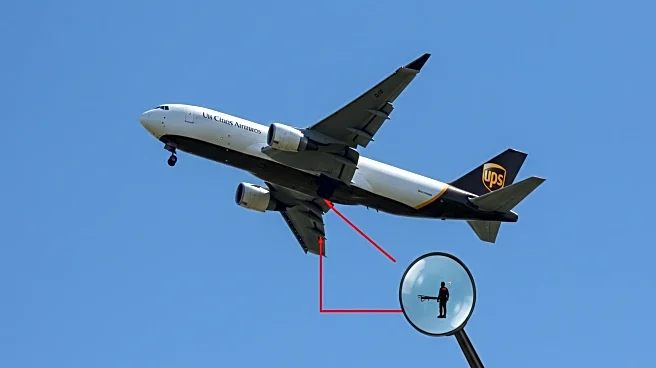What's Happening?
The National Transportation Safety Board (NTSB) has released a preliminary report on the fatal crash of a Cessna 152 near Hornell, New York, which resulted in the death of Brian J. Valder, a student pilot from Penfield. Witnesses reported the plane circling the area multiple times before crashing, with the engine running smoothly. The debris path extended 250 feet from the initial impact point. The aircraft was operating under Title 14 Code of Federal Regulations Part 91 as a personal flight. The NTSB emphasized that the findings are preliminary and may change as the investigation progresses.
Why It's Important?
The preliminary report provides initial insights into the circumstances surrounding the crash, which is crucial for understanding aviation safety and preventing future accidents. The findings may influence regulations and training for student pilots, impacting aviation stakeholders and safety protocols. The loss of life highlights the importance of thorough investigations to identify potential causes and contributing factors. The aviation community and regulatory bodies may use the information to enhance safety measures and prevent similar incidents.
What's Next?
The NTSB will continue its investigation, with a final report expected in 12 to 24 months. The report will include the probable cause and any contributing factors, potentially leading to recommendations for changes in aviation safety standards. Stakeholders, including aviation schools and regulatory agencies, may respond with measures to improve pilot training and aircraft maintenance. The findings may also prompt discussions on radar coverage and flight safety in areas with limited visibility.















